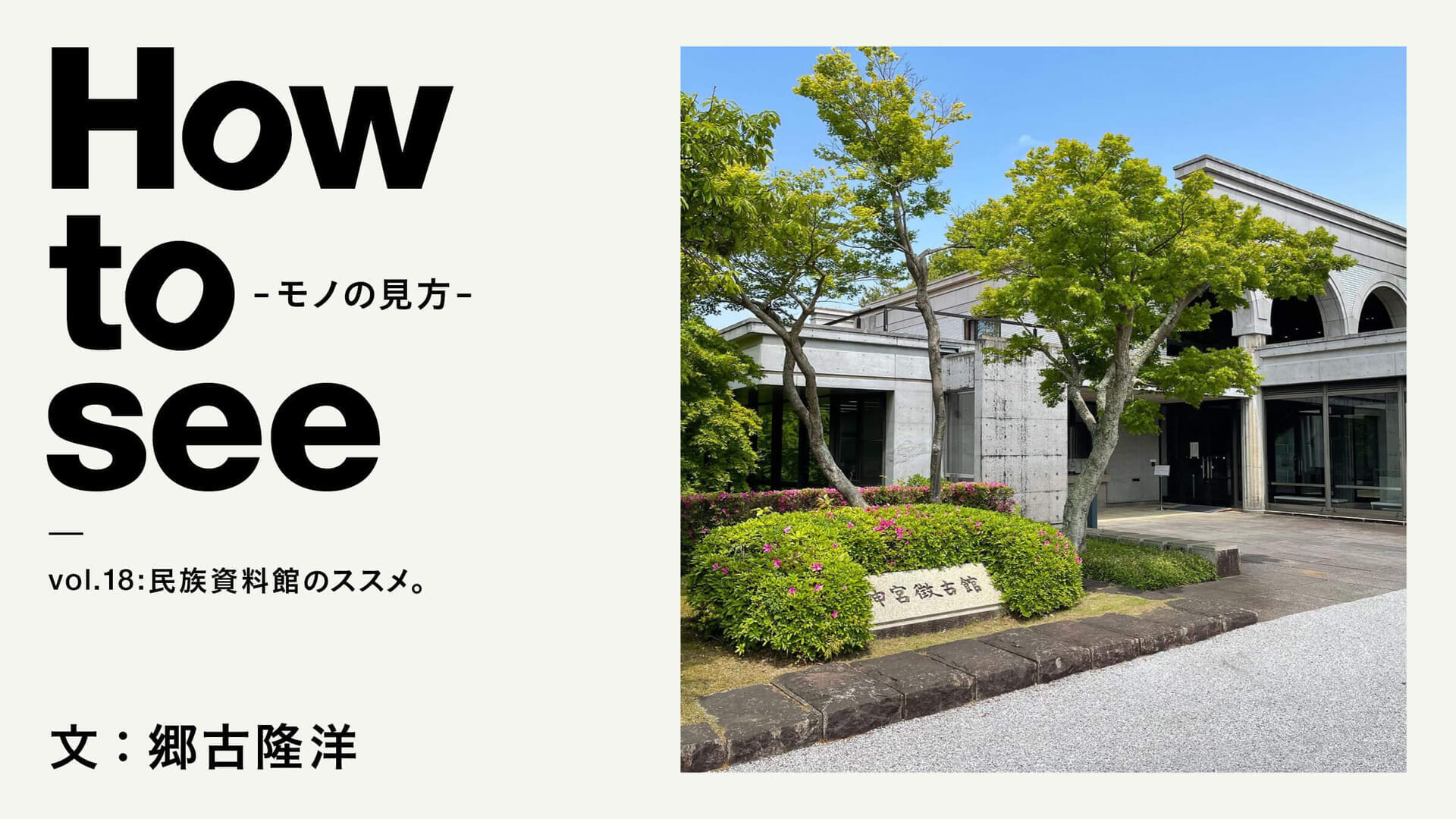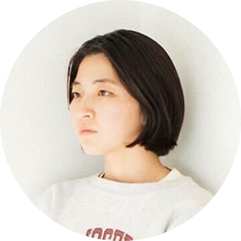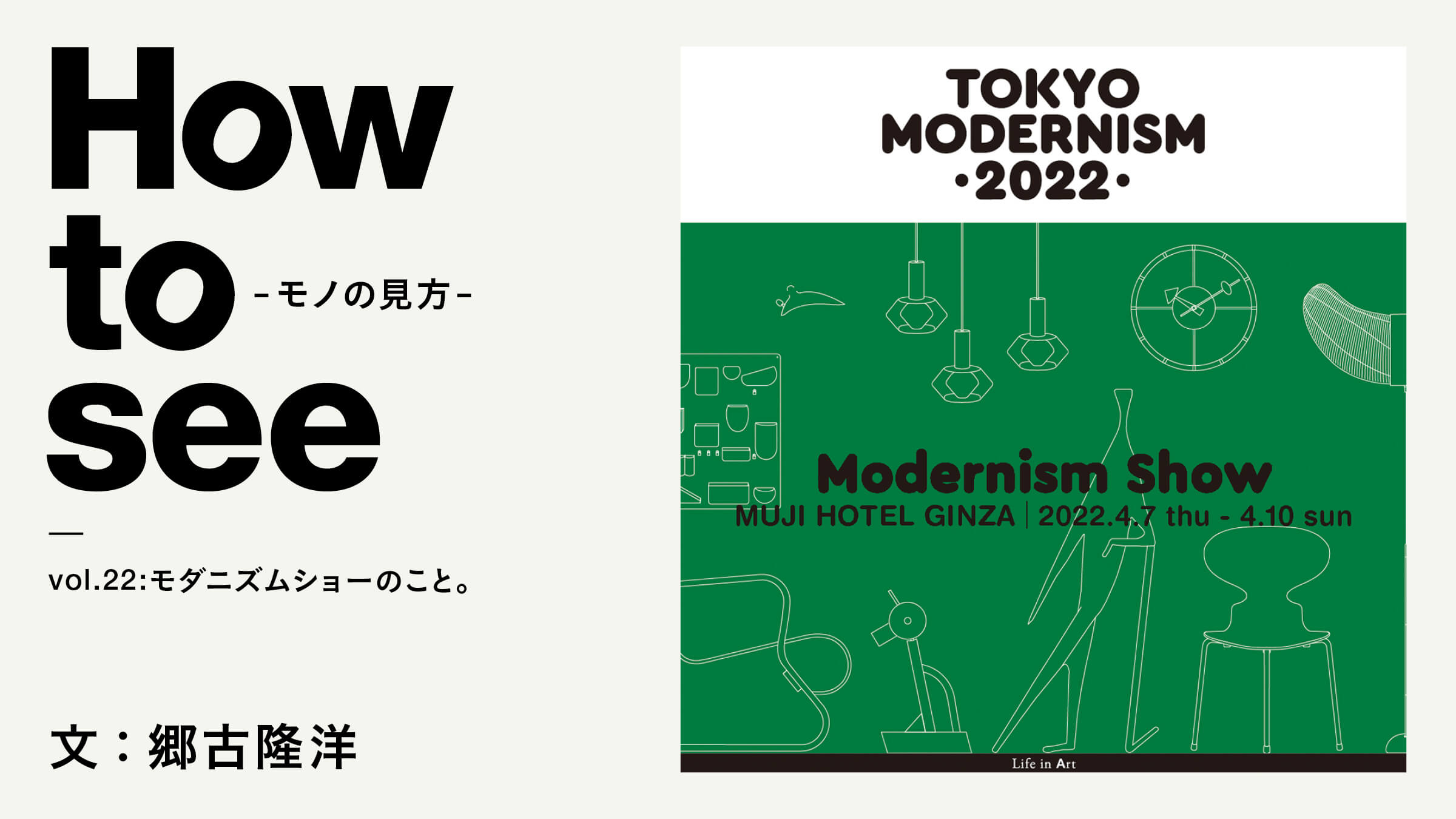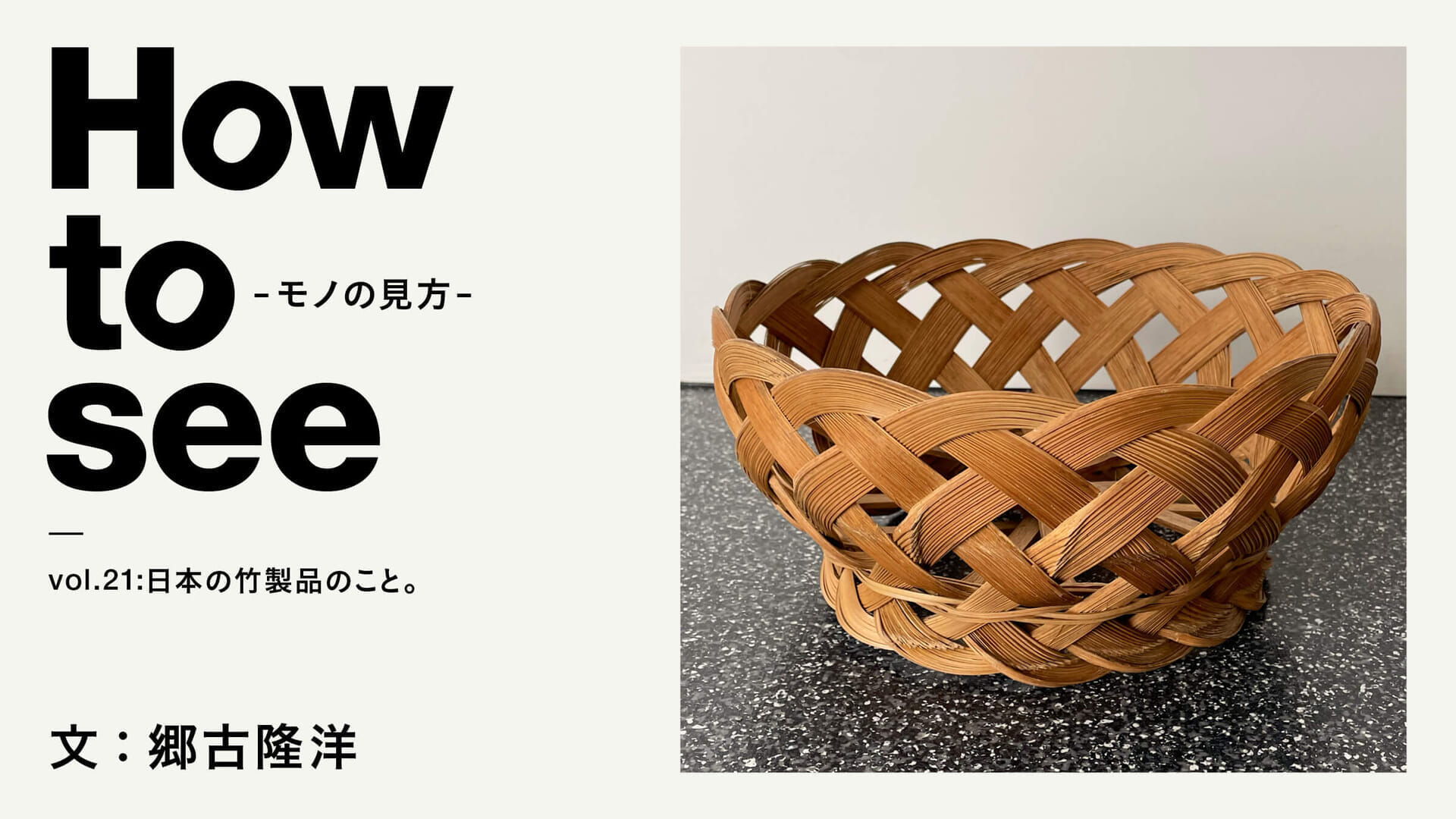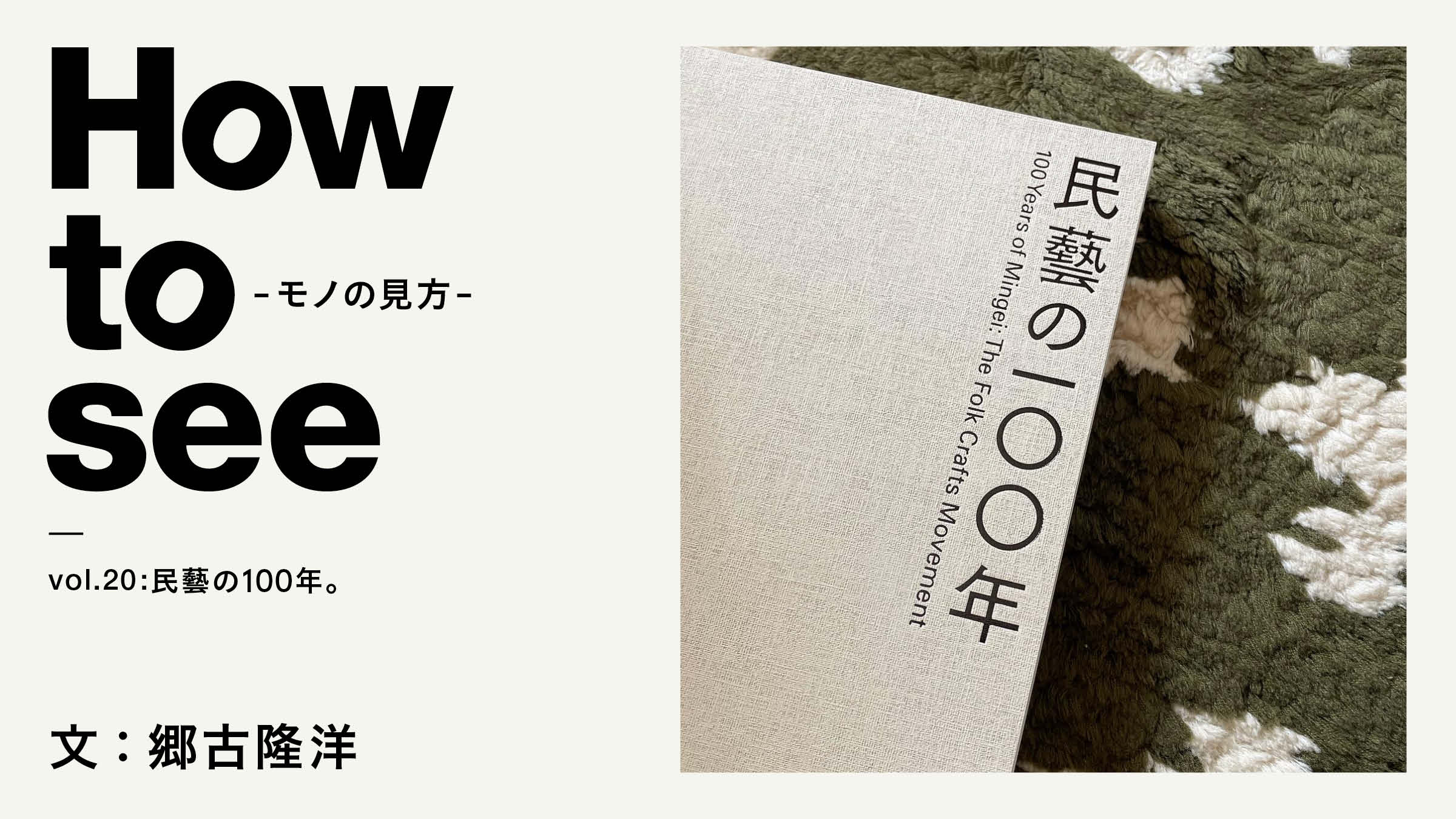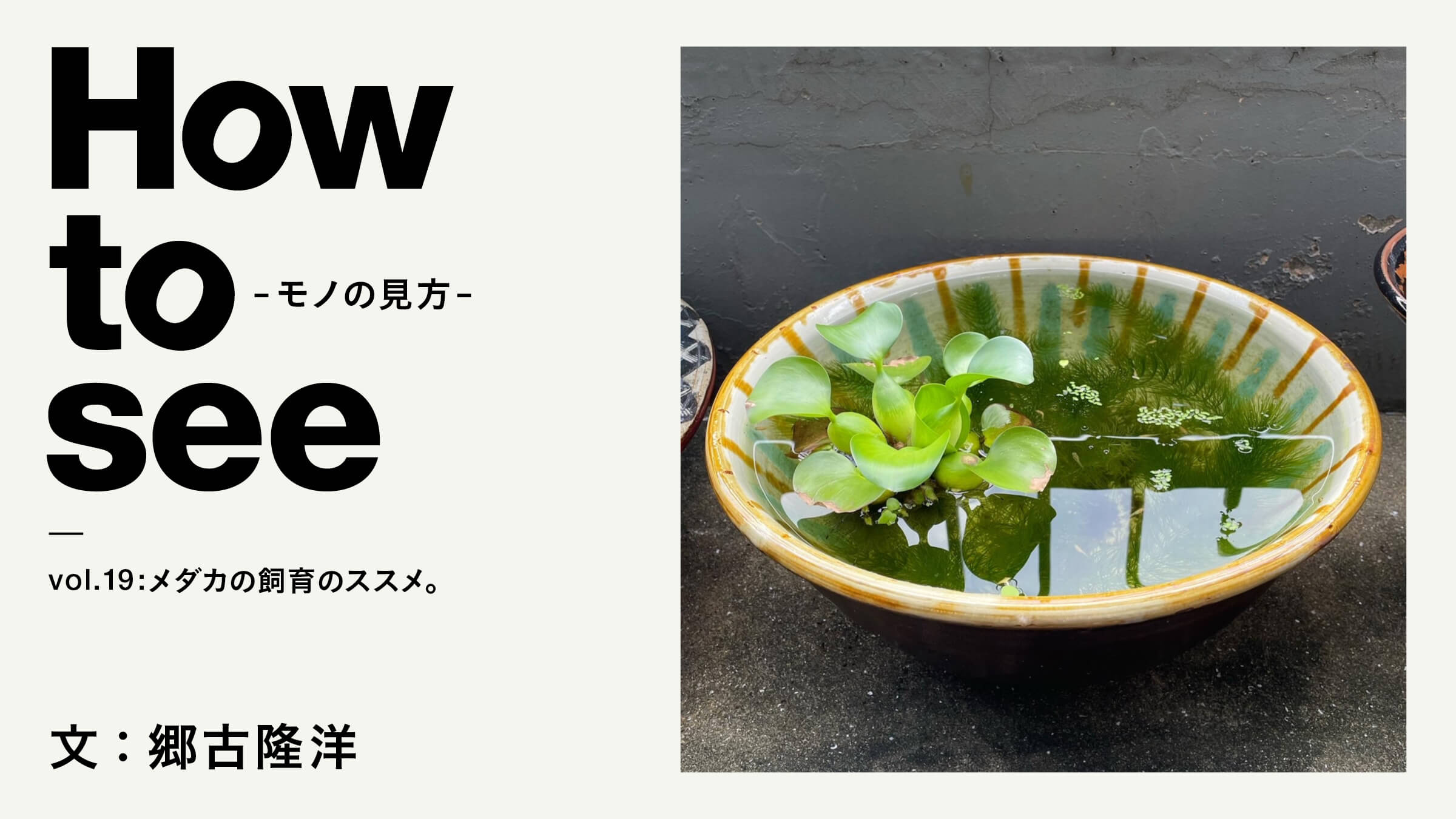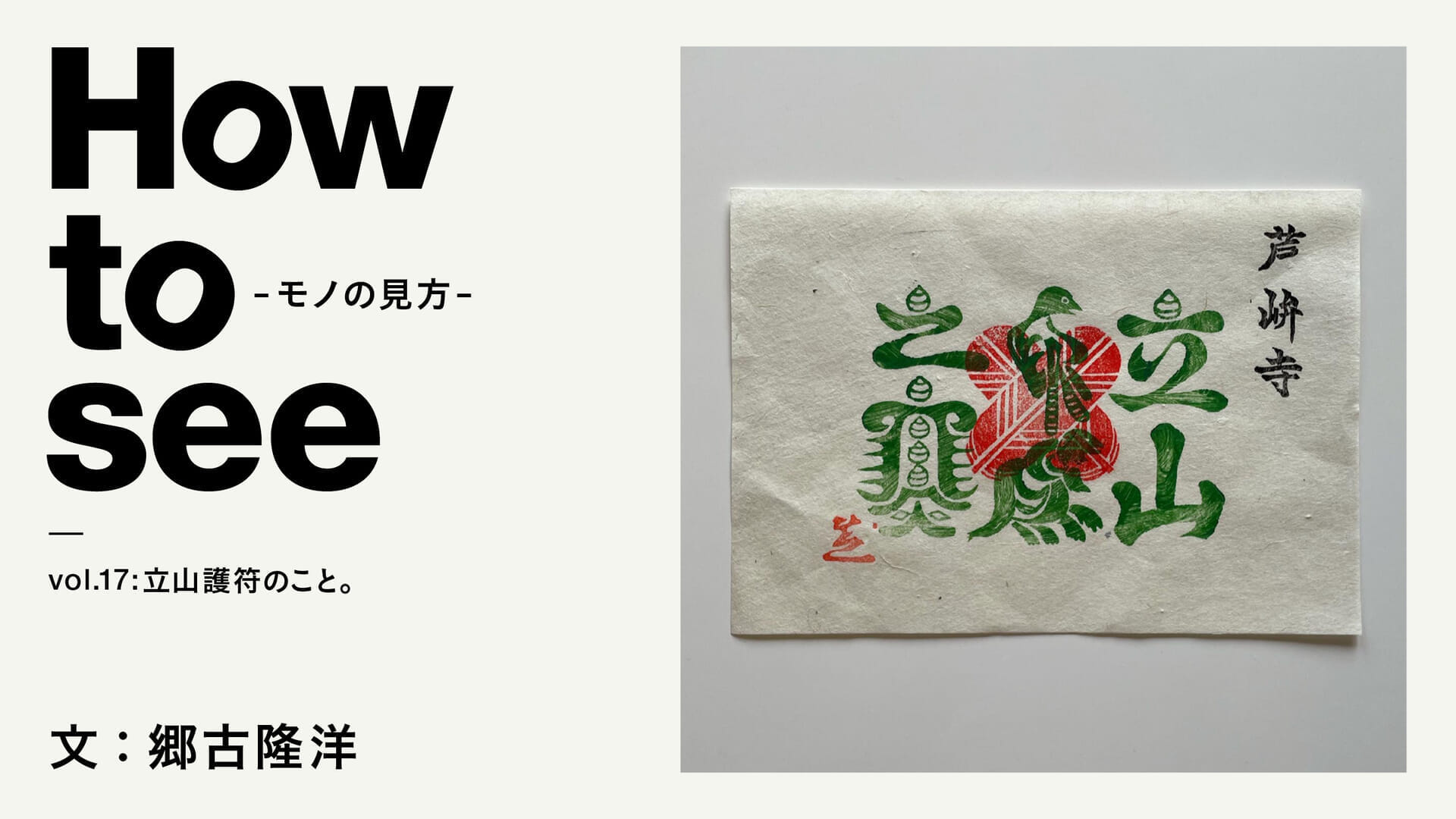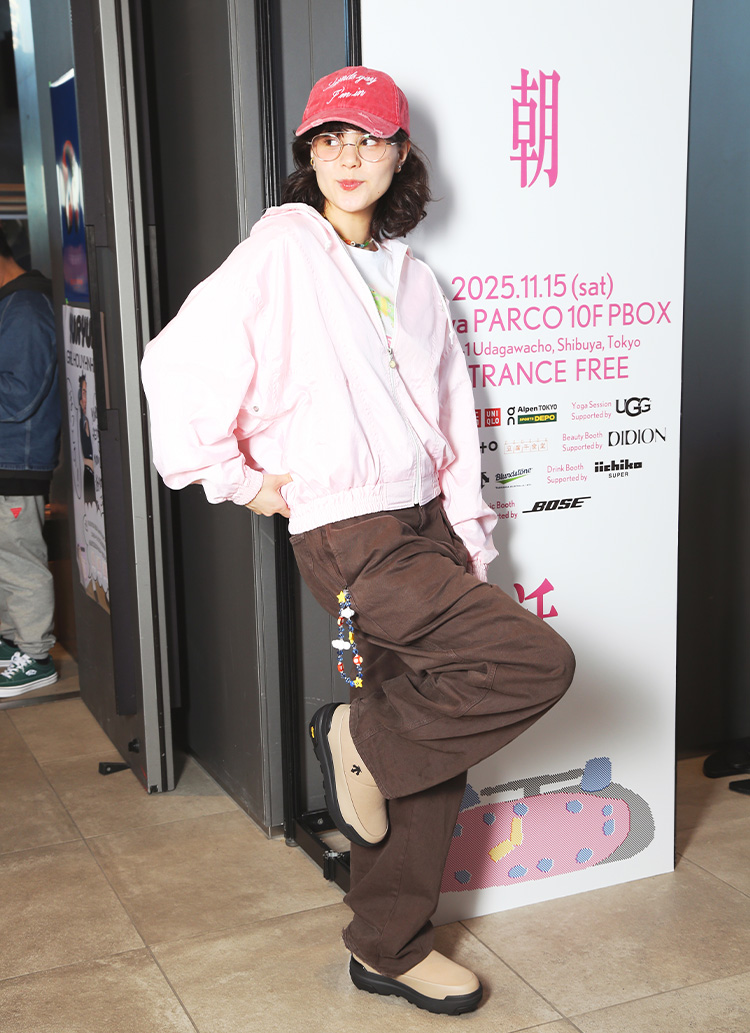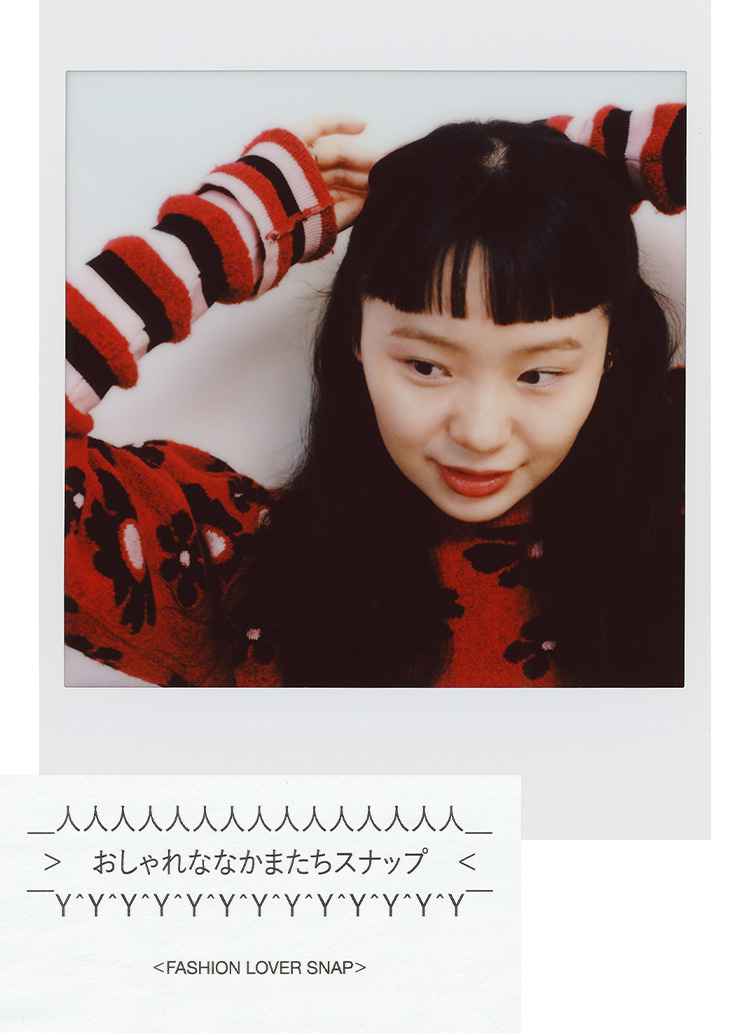Vol. 18 Recommendations for Ethnographic Museums.
My job requires me to travel to rural areas frequently, and when I am on the road, I tend to check out folklore museums and other small museums, not large museums, where I can learn about the local area.
Of course, I also like antique tools and old folk art, so I sometimes look for things I have learned about and seen there, or I receive inspiration for my work, and it sometimes becomes a place that constitutes a guideline for my work. I have things first, and then learn what they were like in these places, and often vice versa.
The best places I have visited recently were the Seto Inland Sea History and Folklore Museum in Takamatsu , and the Jingu Chokokan in Ise in Mie.
The Jingu Chokokan is only an exterior view because photos are not allowed, but the Seto Inland Sea History and Folklore Museum has many sea-related exhibits, such as fishing tools and ritual implements, and the special exhibition "Donza of Fishermen ( Work and Night Clothes Worn by Fishermen )" that was being held at that time was wonderful. . And the view of the Seto Inland Sea from the observatory is exceptional.
In the Chokokan, there are displays of Ise Jingu-related events and tools that we do not usually see, so we could learn more about the Ise Jingu Shrine. And don't forget to visit the Jingu Agricultural Museum next to the building.
A large museum is nice, but I think it is also an important act to learn about the local folk customs and practices of the area.
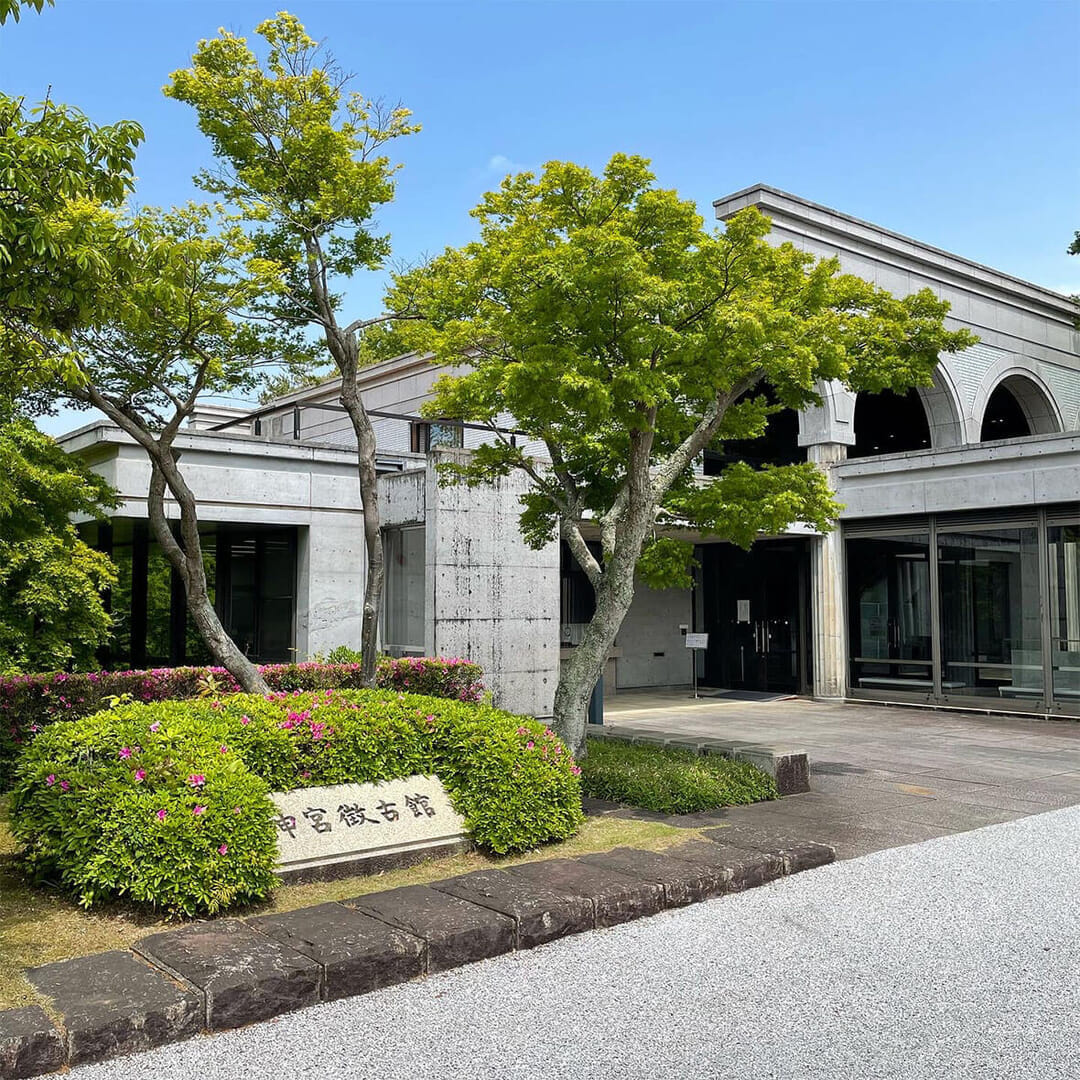
Exterior view of Jingu Chokokan
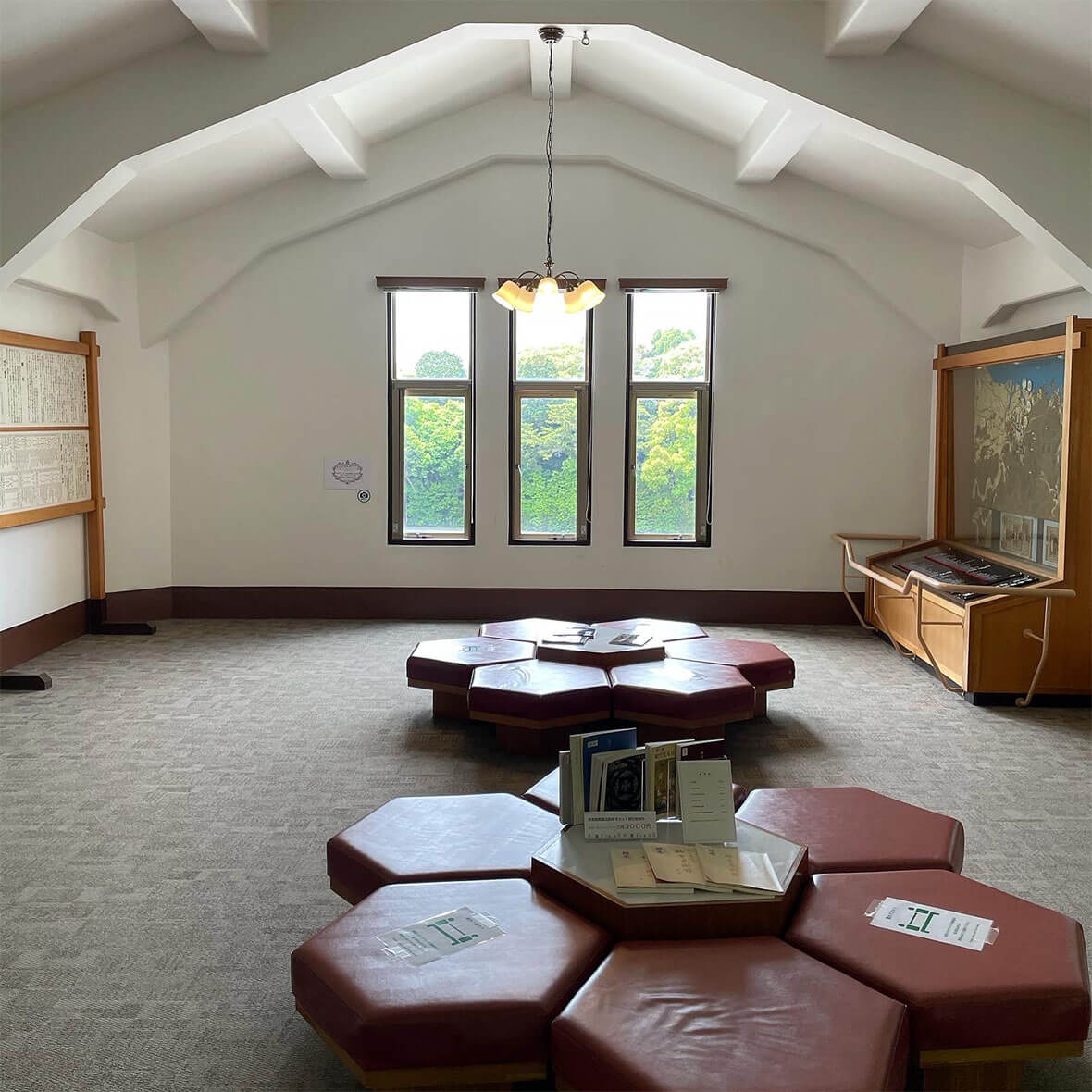
The building was designed to be beautiful throughout.
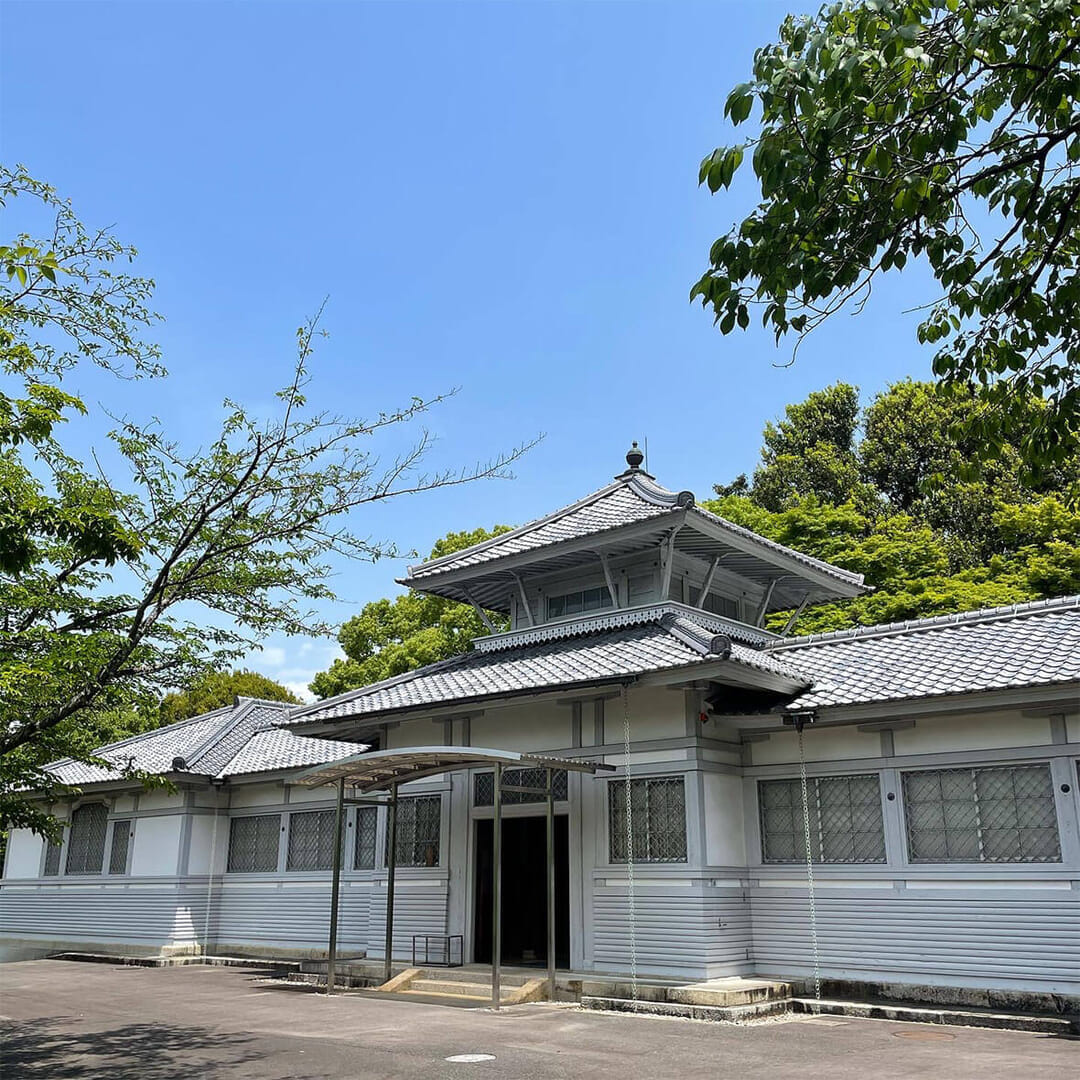
Jingu Agricultural Pavilion.
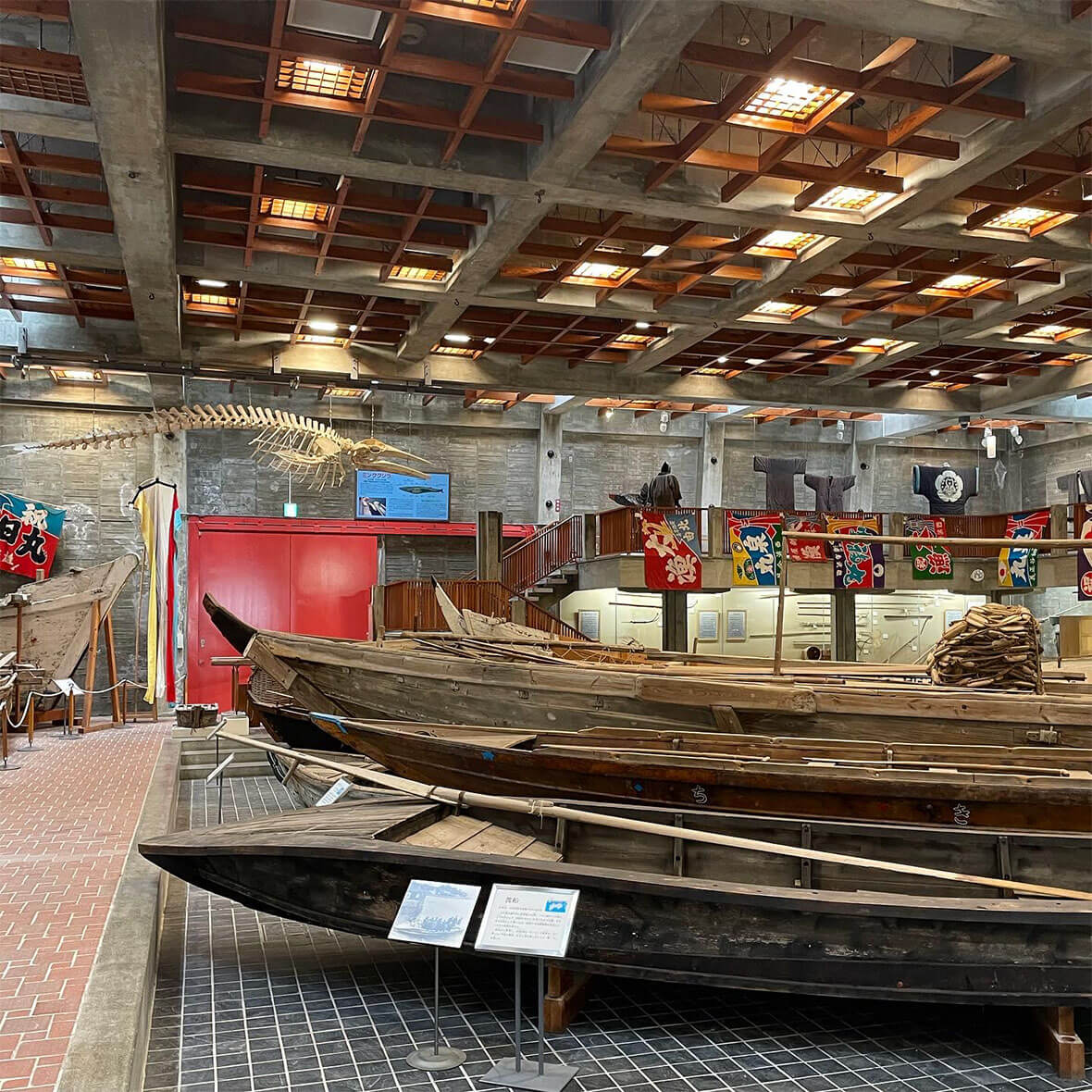
The interior of the Seto Inland Sea History and Folklore Museum .
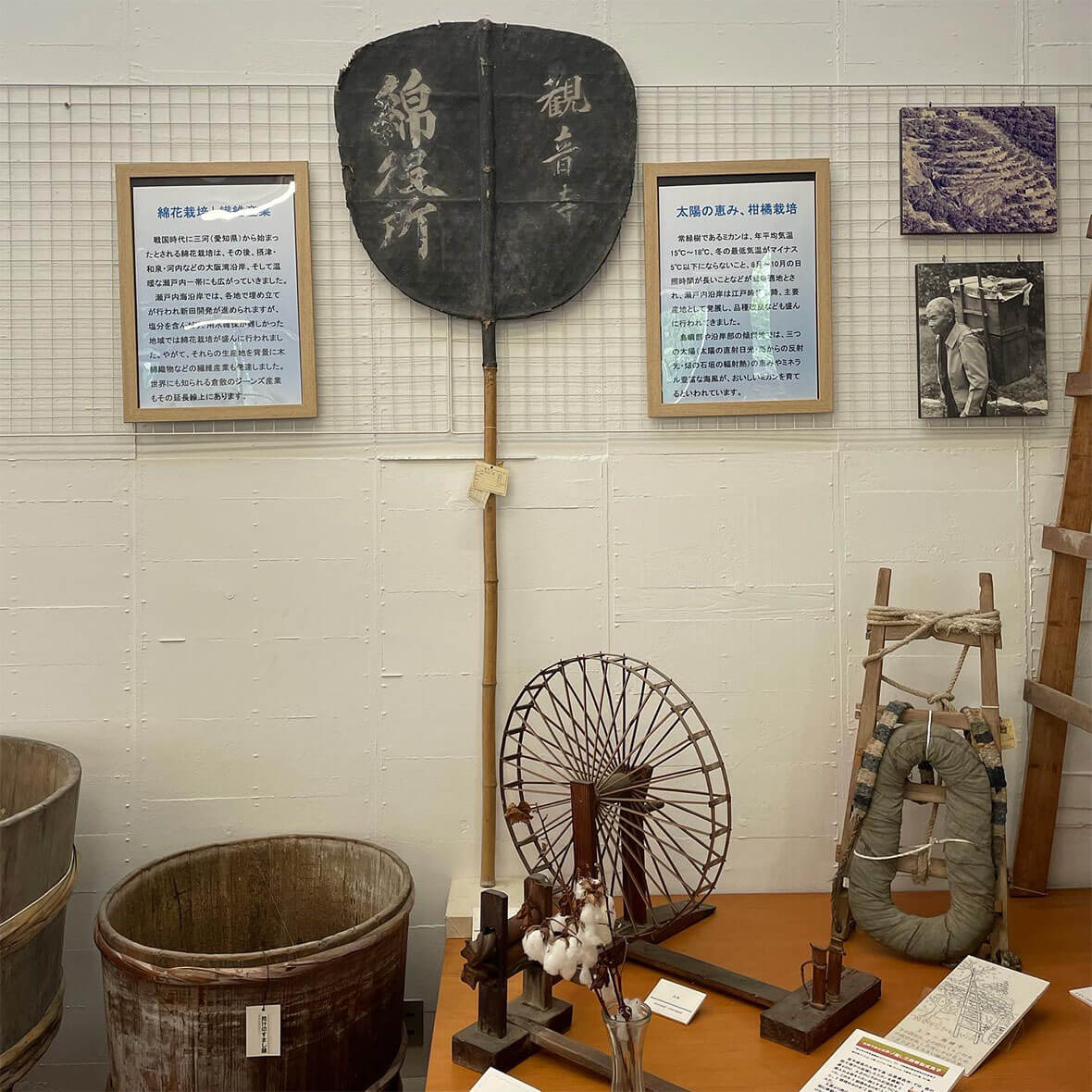
The interior of the Seto Inland Sea History and Folklore Museum .
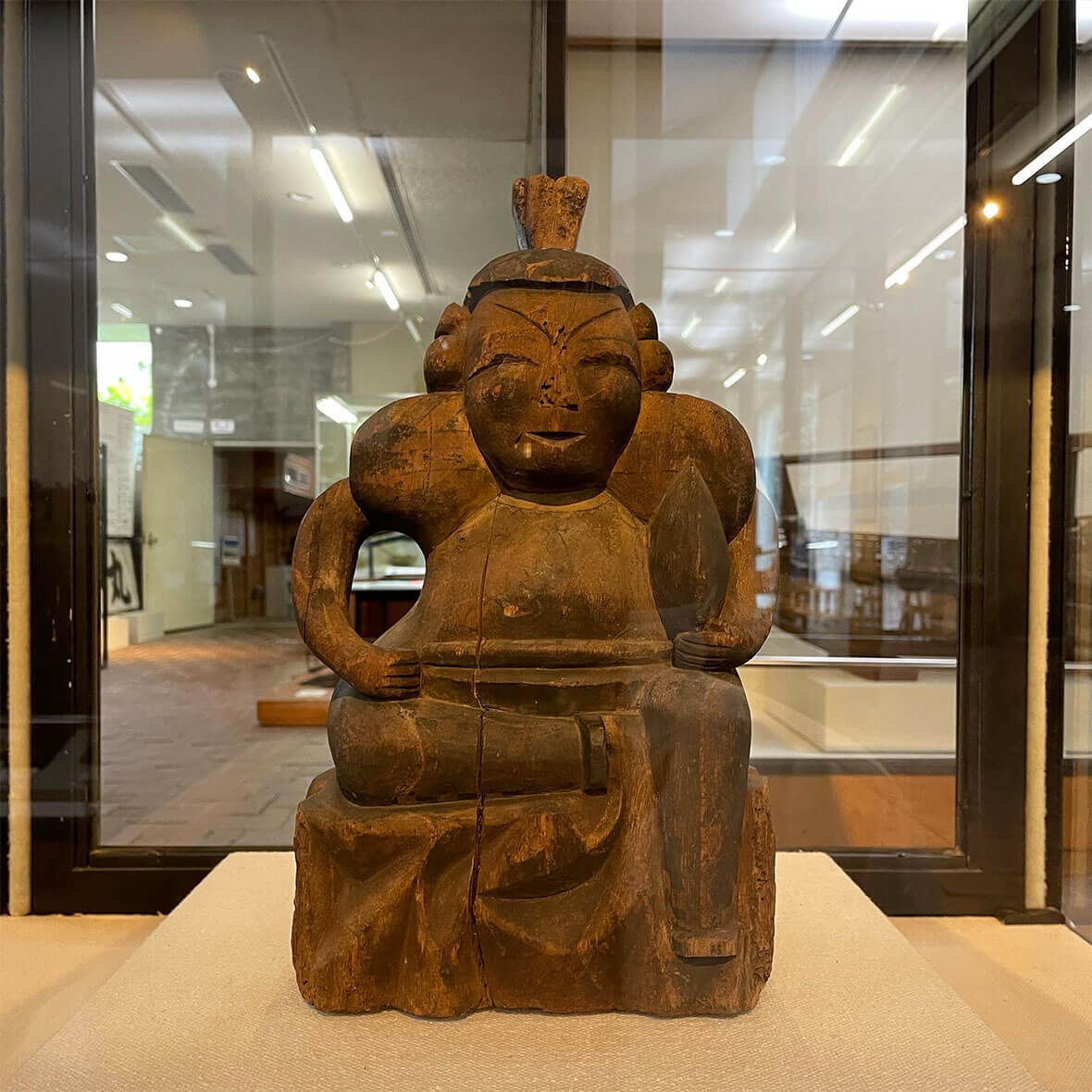
Ebisu god believed in by fishermen.
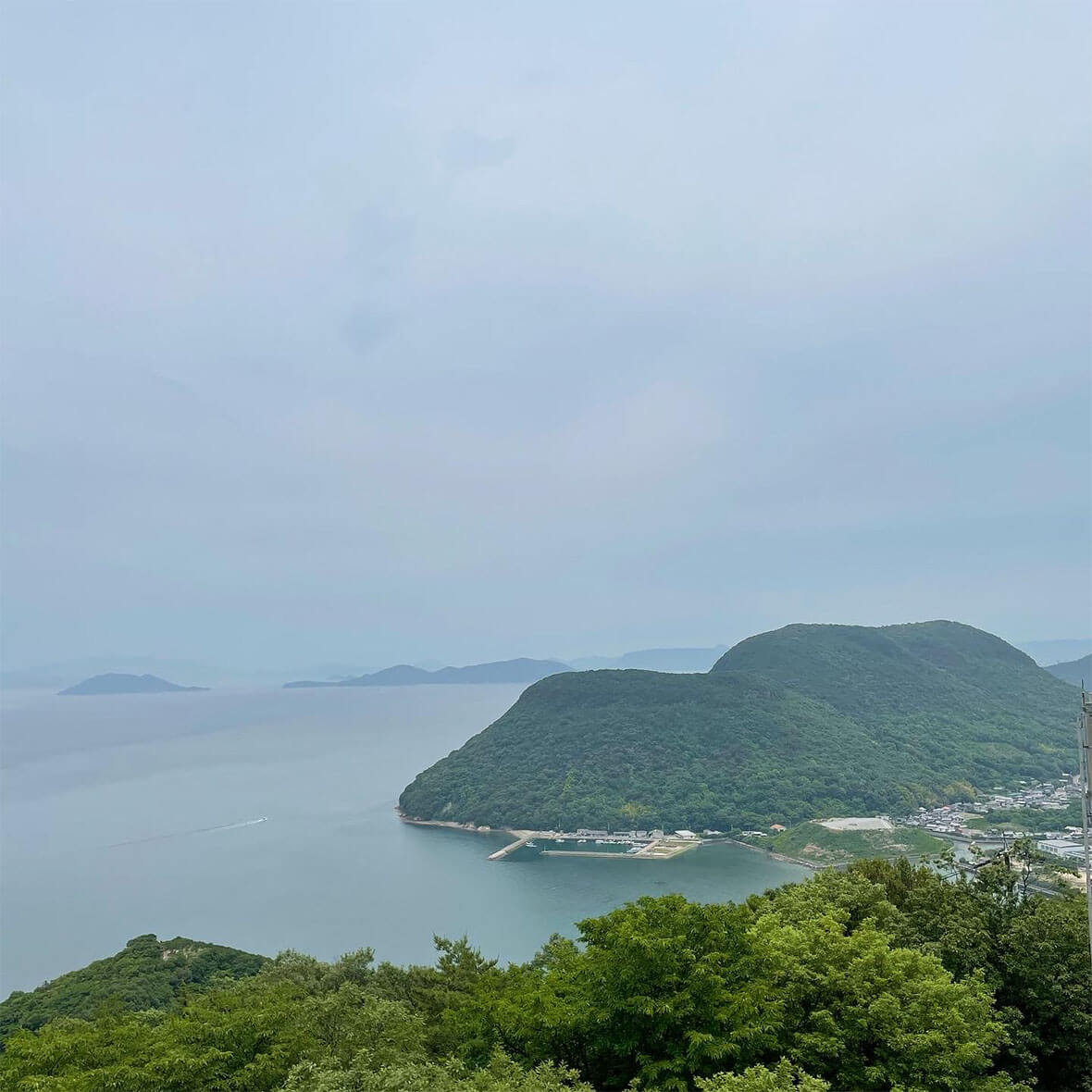
View from the observatory.
PROFILE
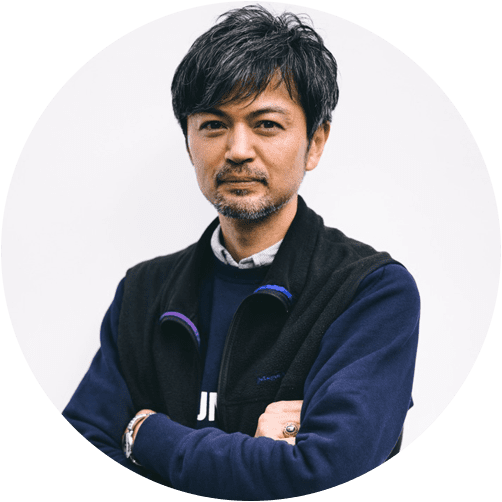
After working for United Arrows and Landscape Products, he established Swimsuit Department in 2010. In September 2015, he presided over the first modernism show in Japan.
http://swimsuit-department.com


